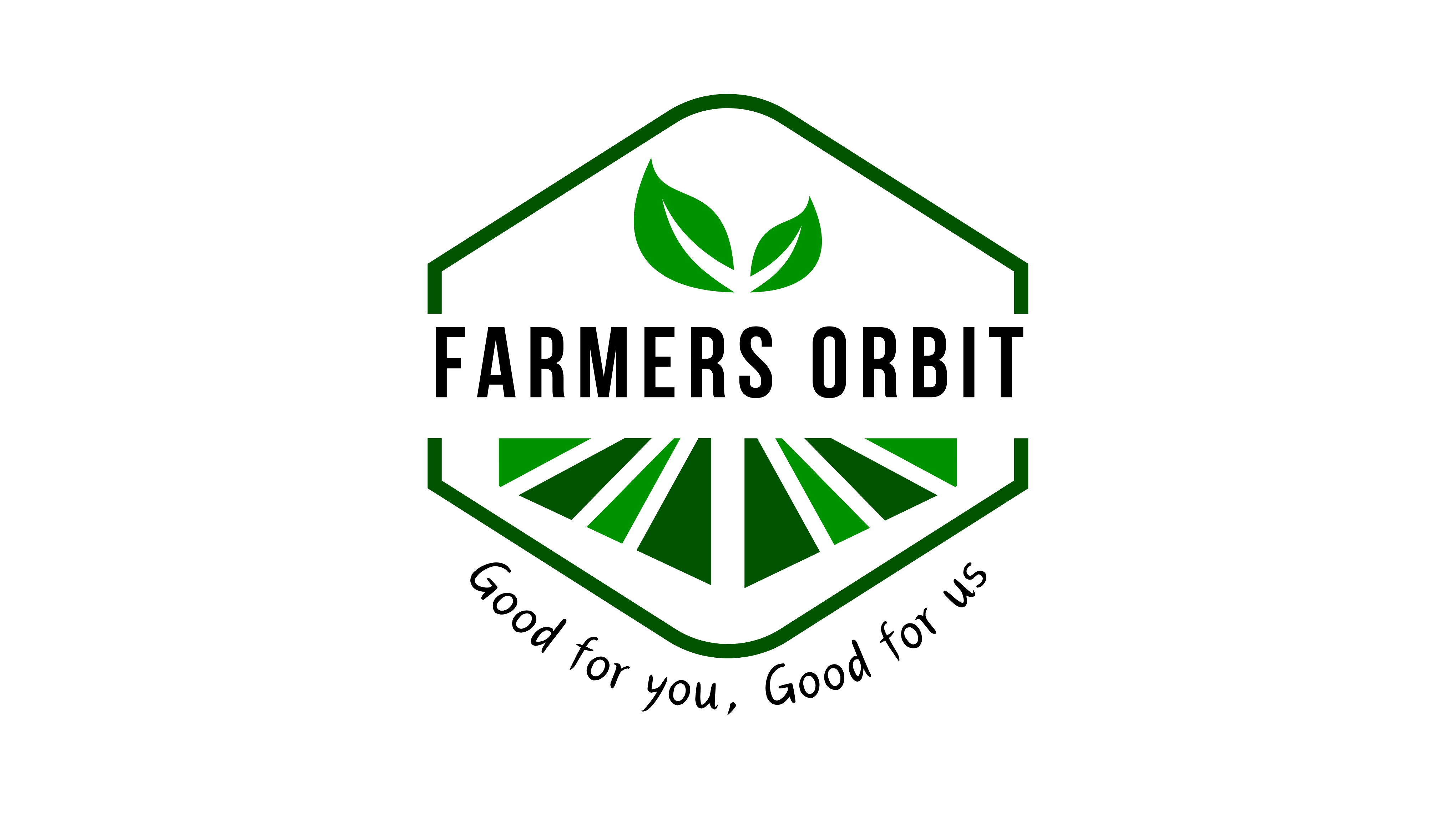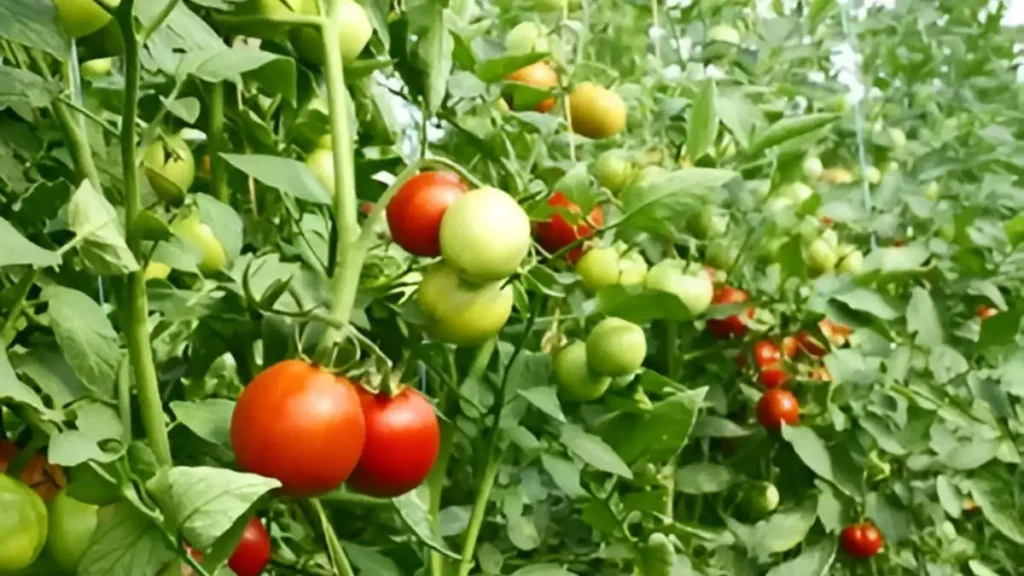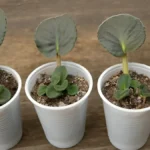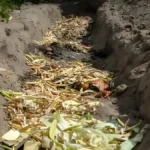Loved in many gardens, tomatoes flourish with the right attention and sustenance. How to increase tomato yield by using natural materials, innovative top dressing techniques are meant to strengthen tomato plants, encouraging strong development and abundant yields.
How to Increase Tomato Yield By Using Whey or Milk’s Power:
Mixture Rich in Nutrients
Making use of milk or whey yields a powerful mixture full of nutrients essential to plant growth:
- Nitrogen, potassium, calcium, magnesium, iron, and phosphorus are examples of essential elements.
- These dairy derivatives contain lactic acid bacteria that control plant diseases and release nutrients.
Methology and use of how to increase tomato yield
- A diluted solution to the soil promotes healthy root development and general plant growth.
- Applying foliar spraying creates a barrier that protects plants from diseases such as downy mildew on cucumbers and late blight on tomatoes.
Fusion of Yeast with Tomato Paste:
Fusion That Is Biologically Active
Beneficial components can be added to the soil by mixing tomato paste, yeast, or spoilt jam:
- Yeast supports strong root growth since it is high in active ingredients, vitamins, and amino acids.
- Tomato paste enhances the mixture much more.
Getting Ready and Using
- A powerful infusion is created when warm water, yeast, and tomato paste are combined and allowed to ferment.
- Early-stage seedlings benefit from application as a root drench, which promotes rapid root establishment and robust growth.
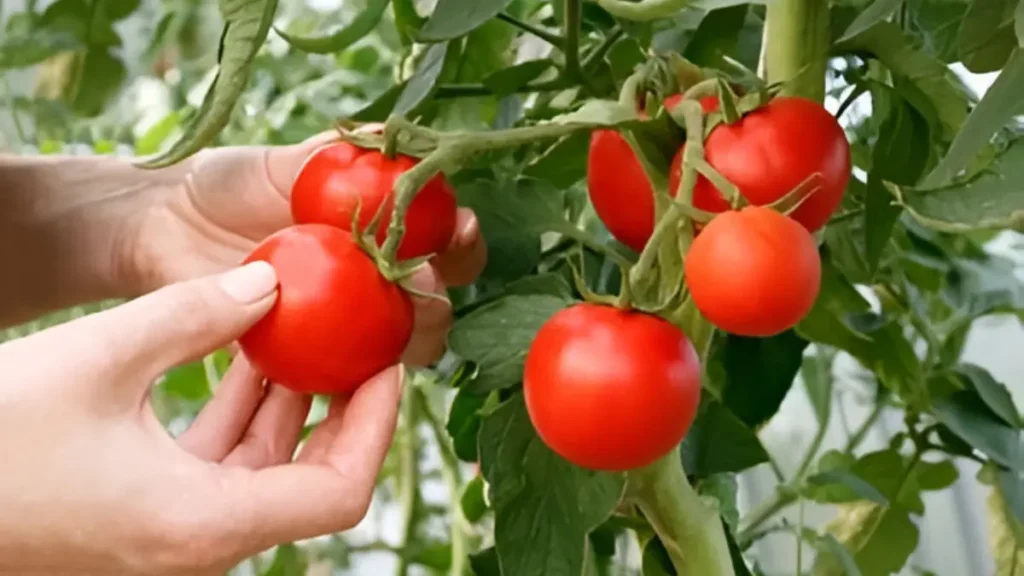
When and How Often
- Dressing made of milk or whey: Apply two to three times during the growing season, beginning 10 to 14 days after planting and continuing through fruiting.
- Foliar spraying regularly (7–10 days) serves as a disease-prevention barrier.
Ideal Utilization of how to increase tomato yield
- It is best to apply the east and tomato paste fusion in the initial days following seedling planting in warm water.
- The use of warm water during application and proper dilution is essential for the best outcomes.
Why use natural top dressings for tomatoes?
Natural top dressings gradually replenish critical nutrients, increasing soil fertility and plant health. Unlike chemical fertilizers, organic additions promote microbial activity, retain moisture, and reduce nutrient loss. This leads in stronger plants, more flowers, and increase tomato yield.
How to increase tomato yield by using the best natural top dressings:
1. Compost – The ultimate organic nutrient booster
Organic top dressings enhance soil fertility and plant health by replenishing nutrients, promoting microbial activity, retaining moisture, and reducing nutrient loss, resulting in stronger plants and larger tomato harvests.
Spread compost around tomato plants’ bases, avoid direct contact with stems, and reapply every 3-4 weeks for ongoing nutrition delivery.
2. Aged manure – A powerhouse of nutrients
Well-rotted excrement from cows, horses, or chickens can be used as a top dressing, enhancing soil texture and slowly releasing nutrients. Apply a one-inch coating around tomato plants, gently working it into the soil.
3. Mulched grass clippings – Nitrogen-rich boost
Fresh grass clippings, rich in nitrogen, promote healthy tomato leaf and stem development. Apply a thin coating around plants, let them dry 1-2 days, and reapply as needed to maintain soil moisture and nutrient richness.
4. Banana peels – A potassium powerhouse
Banana peels are a natural source of potassium essential for fruit growth, which can be applied by chopping them into small pieces, spreading them around the tomato plant’s base, and covering with dirt or mulch.
5. Eggshells – Calcium for stronger plants
Calcium insufficiency often causes blossom-end rot in tomatoes. Crushed eggshells can help release calcium gradually into the soil, promoting breakdown and absorption. Apply eggshells to the base of plants and mix gently.
6. Epsom salt – Magnesium for enhanced growth
Magnesium is crucial for chlorophyll synthesis and plant health. Epsom salt enhances tomato fruit production and enhances flavor. Apply a spoonful of Epsom salt in water every two weeks, using a foliar spray or pouring at plant base.
7. Coffee grounds – Acidic soil amendment
Used coffee grounds, high in nitrogen, slightly acidify soil, benefiting tomato plants. To apply, dry the grinds and sprinkle a light coating around plants, but avoid excessive soil acidity.
8. Wood Ash – A potassium-rich alternative
Wood ash, rich in potassium and calcium, aids fruit growth and prevents illness. Apply in small amounts, sprinkle gently, and water to prevent soil pH elevation.
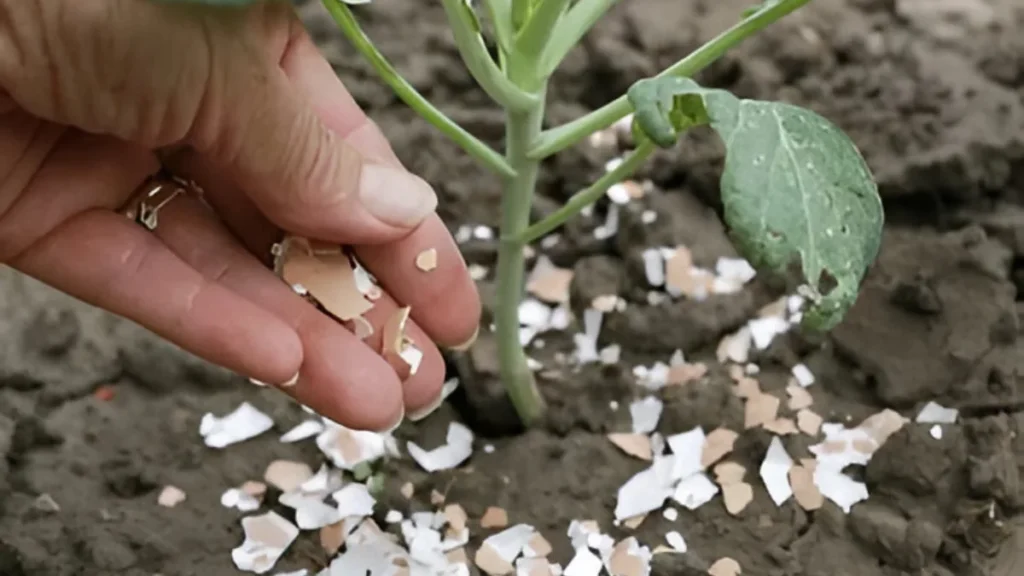
Conclusion:
Using these organic top dressings promotes stronger plants and a bountiful crop by greatly increasing tomato growth. Hands-on experience with these techniques demonstrates their amazing advantages.
Certainly! If you’d like to learn more, please consider following our WhatsApp Channel, Facebook, Instagram, YouTube, Twitter, and Pinterest.
A frequently asked questions:
Q1: Can I use the organic fertilizer for tomatoes on other types of vegetables?
A1: Generally speaking, a wide range of veggies can be fertilized with the organic fertilizer meant for tomatoes. Observe the application rates that are suggested on the product label.
Q2: Should I prune my tomato plants, and how does tomato yield?
A2: Pruning tomato plants does indeed increase air circulation, lower the danger of illness, and focus energy on fruit production. To preserve the health of your plant, concentrate on getting rid of suckers and lower leaves, but don’t prune too much.
Q3: How can I make homemade tomato fertilizer?
A3: Combine equal portions of crushed eggshells, well-aged compost, and Epsom salt Apply this blend as a final dressing to your tomato plants to create a nutrient-rich, all-natural fertilizer.
Meta: Take your tomato cultivation to the next level! Learn the step-by-step process of how to increase tomato yield dramatically.
